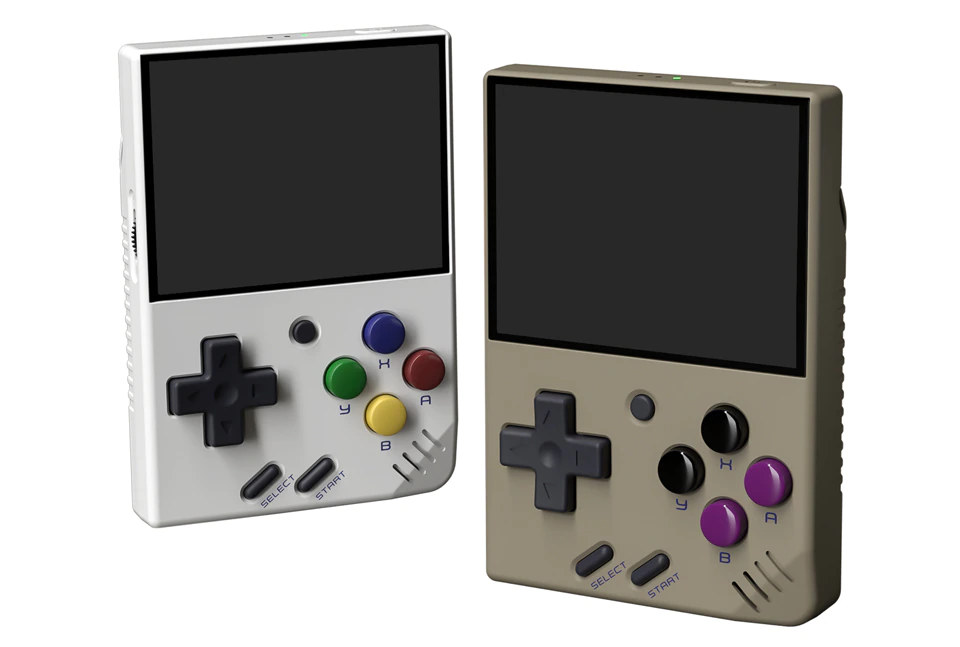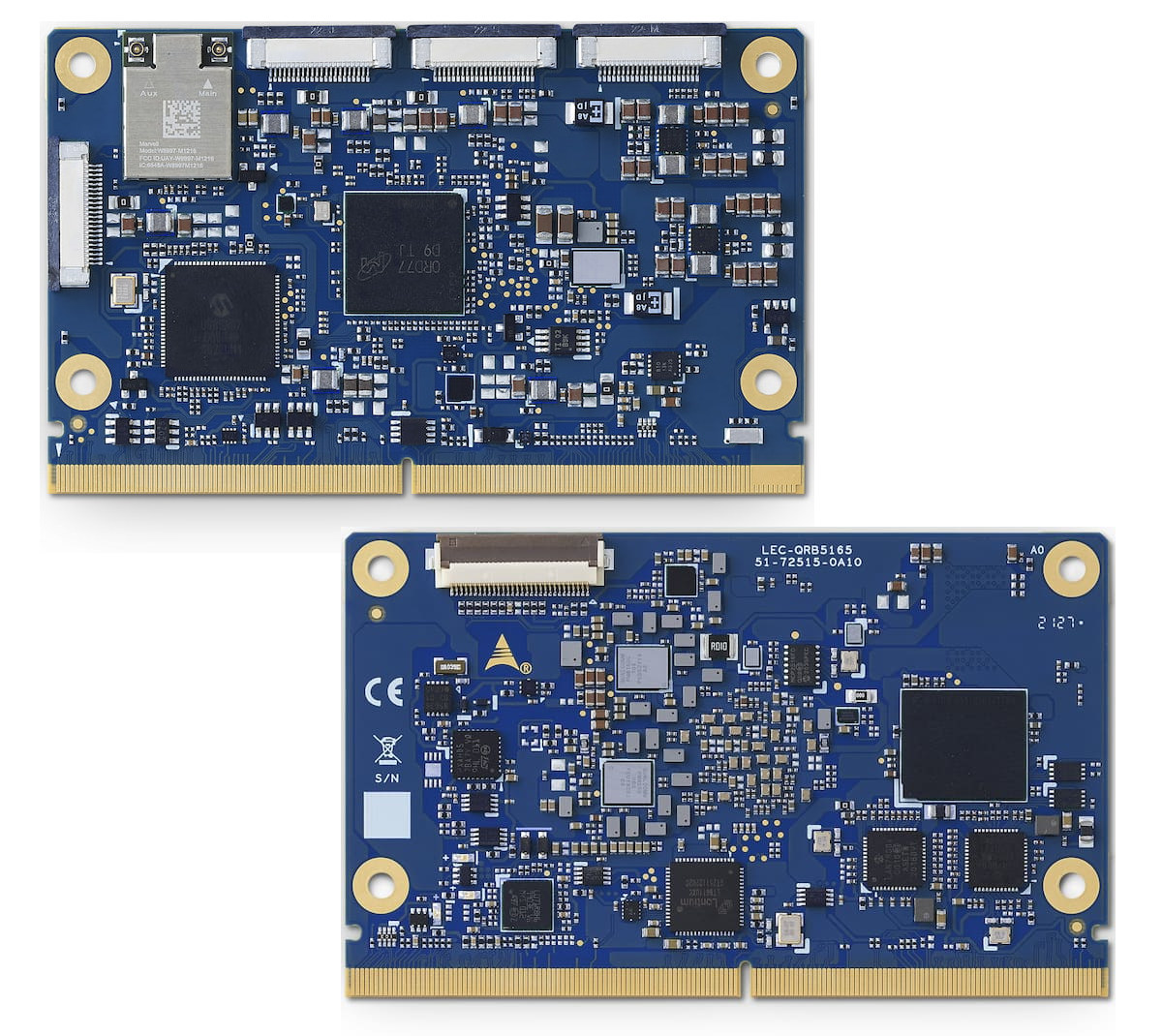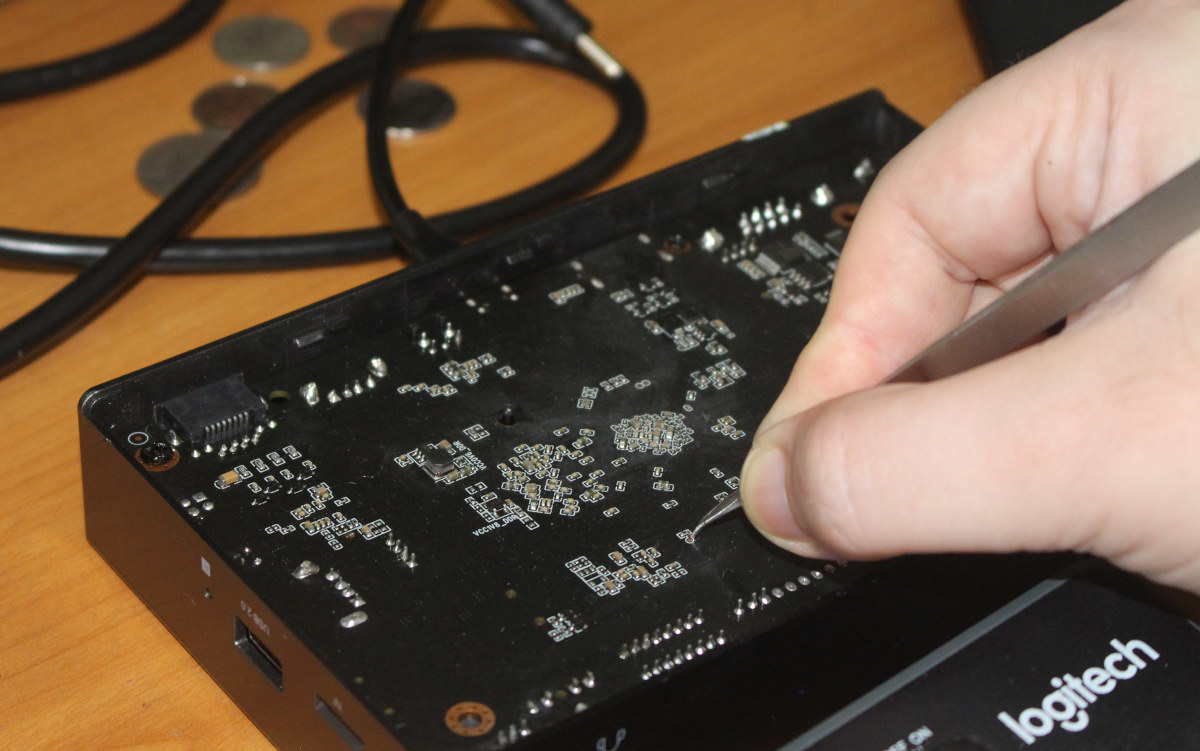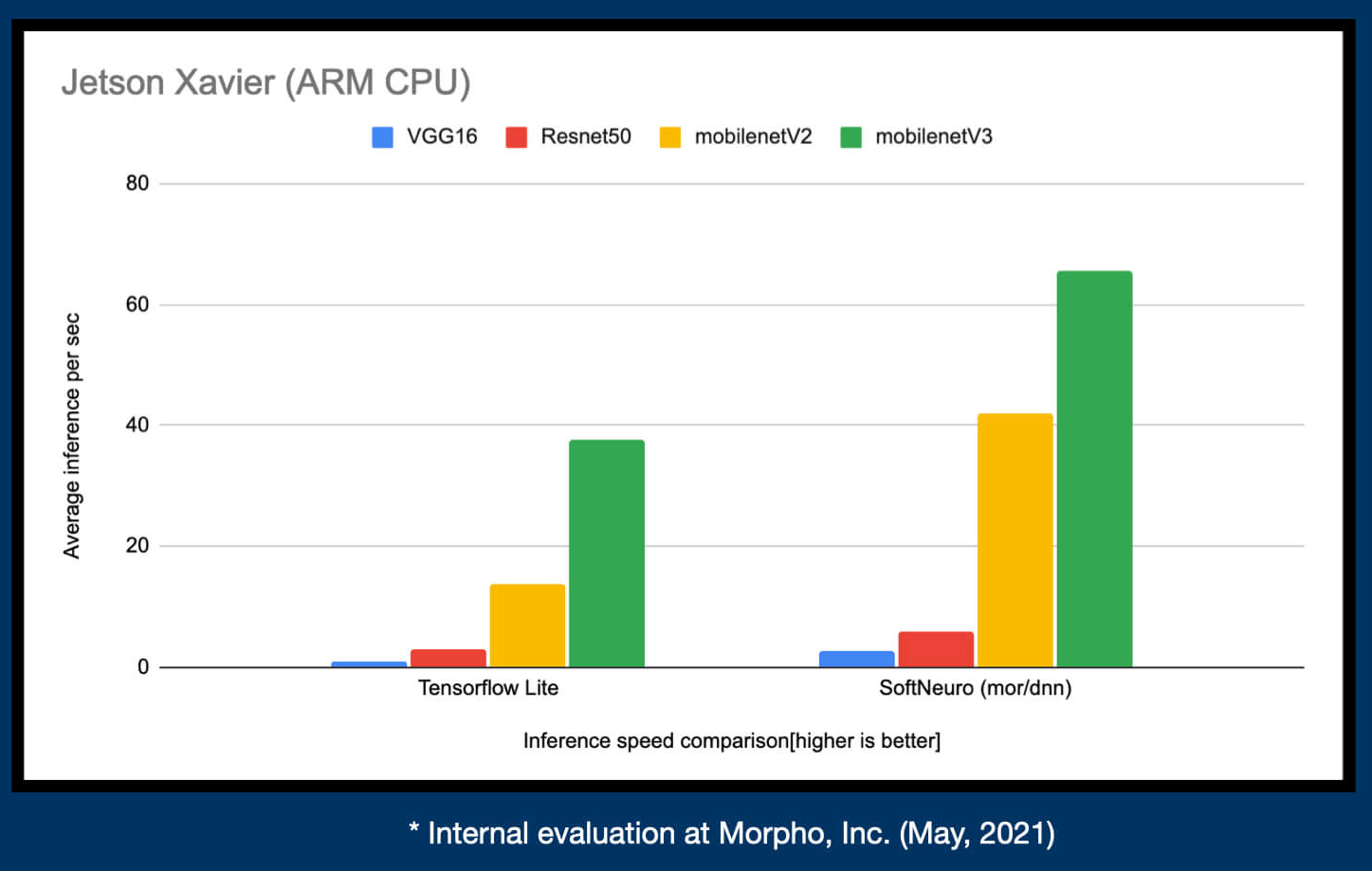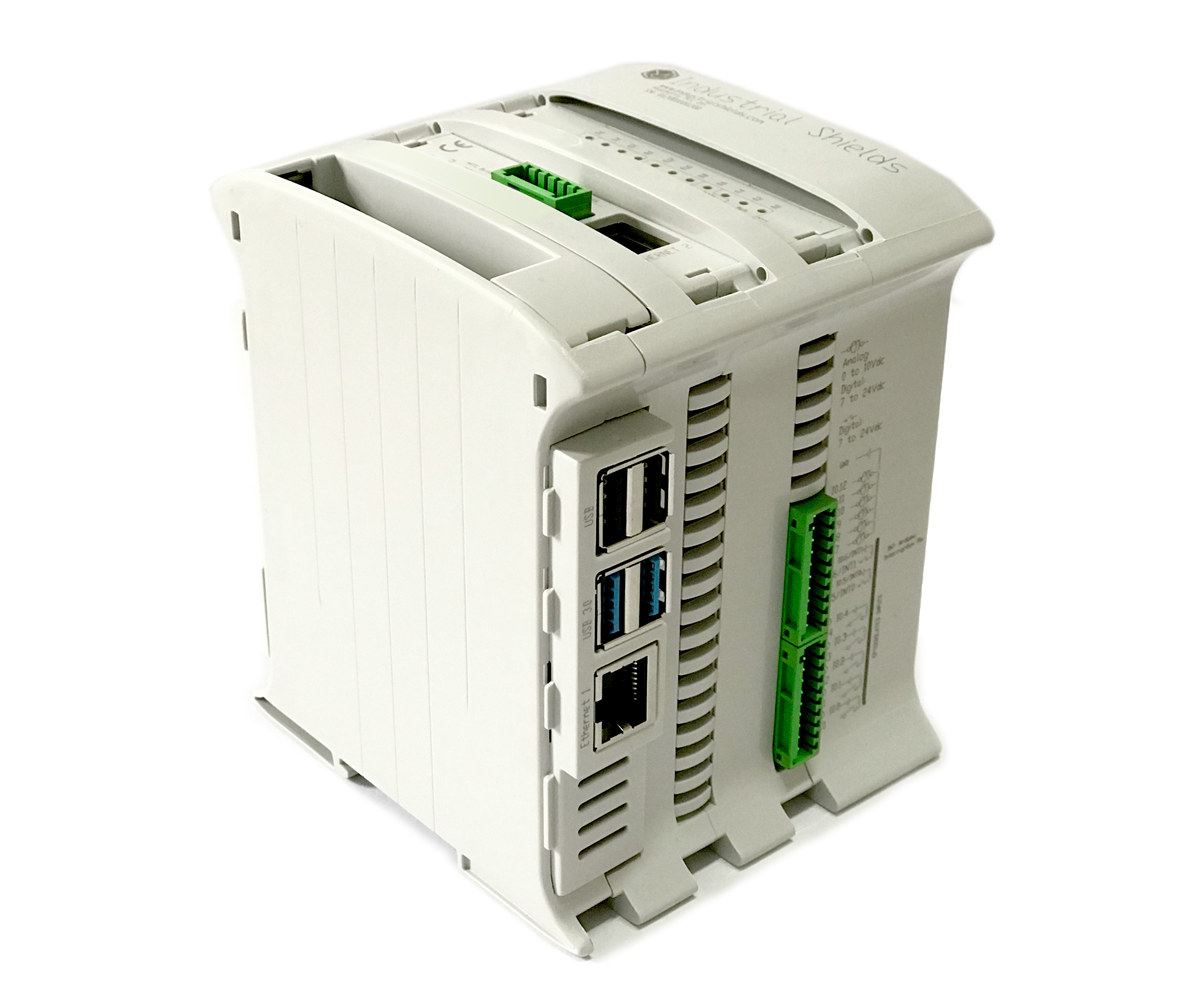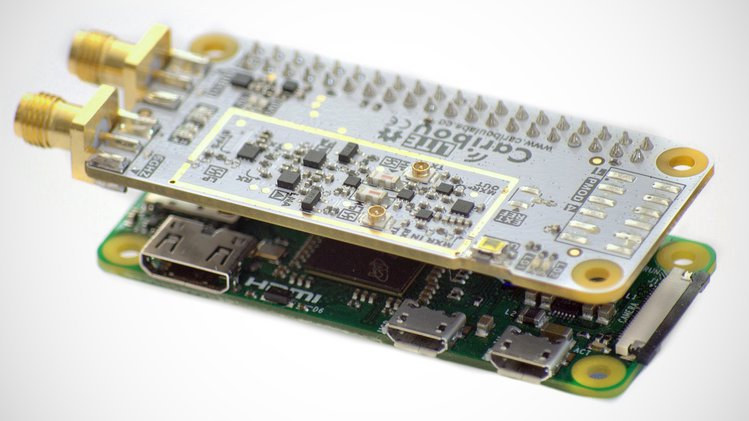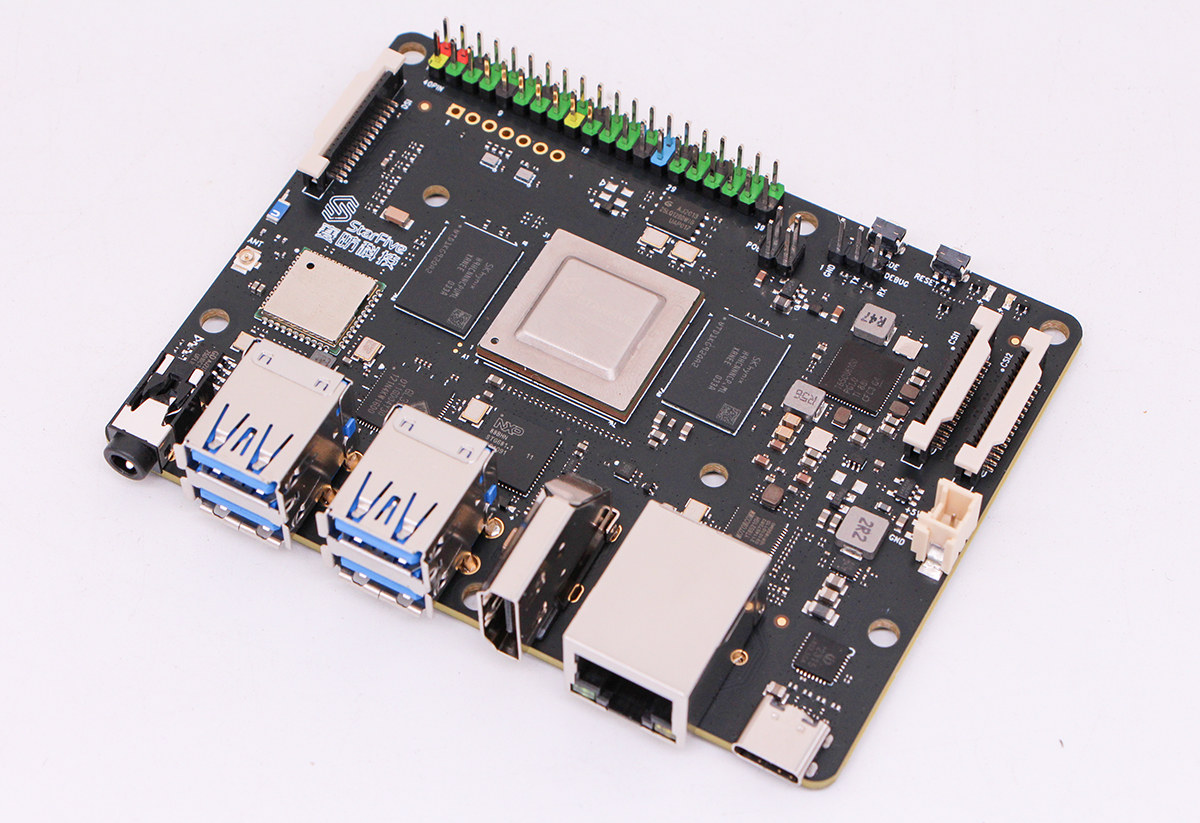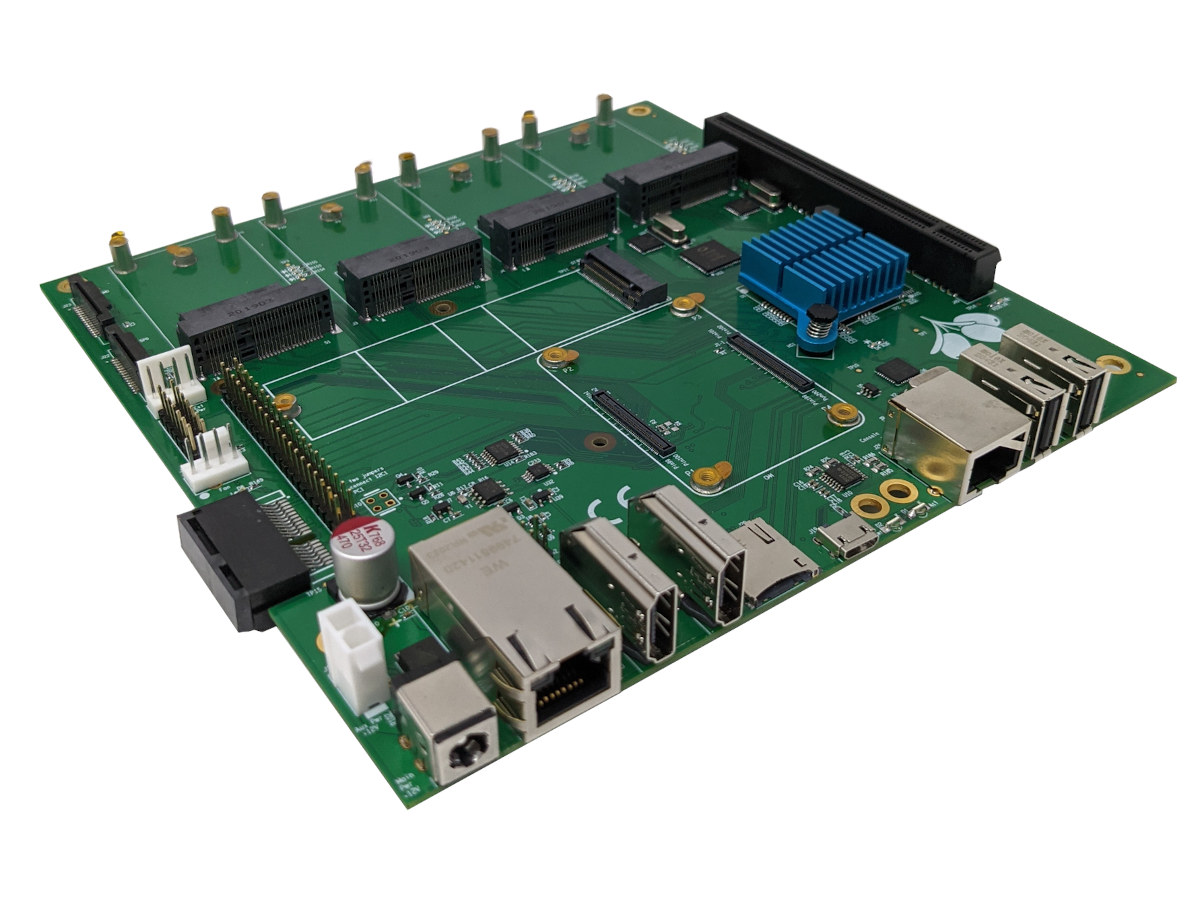SigmaStar SSD202D “Smart Display” dual-core Cortex-A7 processor has found its way into the MIYOO mini portable game console compatible with RetroArch Linux distribution. Initially designed for industrial smart displays or other HMI applications, we’ve already seen the low-cost Arm Linux processor with 64MB (SSD201) or 128MB (SSD202D) memory has been integrated into a gateway, a single board computer, and M5Stack UnitV2 AI camera devkit, but somehow, it’s now gone into a consumer device. MIYOO mini portable game console specifications: SoC – SigmaStar SSD202D dual-core Cortex-A7 processor @ 1.2 GHz with 2D GPU, 128MB DDR3 (Note: no GPU) Storage – 32GB MicroSD card Display – 2.8-inch IPS screen with 640×480 resolution Audio – 3.5mm audio jack User input – D-PAD, Menu, Select and Start buttons, ABXY buttons, R/R2 and L/L2 buttons at the back USB – 1x USB-C port Misc – Power button, Vibration motor, LEDs Battery – 3.7V/1,900mAh battery good […]
ADLINK LEC-RB5 – A Qualcomm QRB5165 SMARC module designed for drones and robots
ADLINK Technology LEC-RB5 is a SMARC compliant system-on-module powered by the Qualcomm QRB5165 octa-core Cortex-A77 class processor which we’ve already seen in Qualcomm Flight RB5 high-end drone reference design and Lantronix Open-Q 5165RB system-on-module designed for robotics applications. The LEC-RB5 SMARC module ships with up to 8GB PoP LPDDR4 memory, 256GB UFS storage, provides on-device artificial intelligence capabilities (up to 15 TOPS), support for up to 6 cameras, and low power consumption. The main target applications are high-end robots and drones in the consumer, enterprise, defense, industrial, and logistics sectors. LEC-RB5 SMARC SoM specifications: SoC – Qualcomm QRB5165 octa-core Kryo 585 processor with a Kryo Gold Prime @ 2.84 GHz, 3x 3 Kryo Gold @ 2.42 GHz, 4x Kryo Silver @ 1.81 GHz, Adreno 650 GPU @ up to 587 MHz, Video decode HW acceleration for H.265/HEVC, H.264, MPEG2, MVC, VC-1, WMV9, JPEG/MJPEG, VP8, VP9, video encode HW acceleration for […]
Tribulations with Linux on Zidoo M6 Rockchip RK3566 mini PC
After our review of the Zidoo M6 mini PC with Android 11, we’ve installed Linux on the Rockchip device, and we did boot to a Linux Qt user interface built with buildroot. Let’s try to see what we can do with the image, and then try Ubuntu from a competing mini PC to check out if that can work. Since there’s no package manager to install a screenshooting program, I tried to use the usual method to take a framebuffer screenshot.
|
1 |
cat /dev/fb0 > screen.raw |
It generated an 8MB file which looked good, but the content was just comprised of zeros.
|
1 2 3 4 5 6 |
$ ls -lh screen.raw -rw-r--r-- 1 jaufranc jaufranc 8.0M Nov 13 15:08 screen.raw $ hexdump screen.raw 0000000 0000 0000 0000 0000 0000 0000 0000 0000 * 07e9000 |
I asked Zidoo for a method to take screenshots in their Linux image, but I was told there weren’t any at this time… No worries, let’s try some of the applications in the Qt interface starting with the Multivideoplayer: It starts well with 9 videos of Big Buck Bunny playing simultaneously, […]
Download a free trial of the SoftNeuro Deep Learning SDK for Intel and Arm targets (Sponsored)
Morpho, a global research & development company established in Japan in 2004 and specialized in imaging technology, is now offering a free trial for the SoftNeuro deep learning SDK working on Intel processors with AVX2 SIMD extensions, 64-bit Arm targets, while also leveraging OpenCL and/or CUDA. Some of the advantages of SoftNeuro are that the framework is easy to use even for those without any knowledge about deep learning, it’s fast thanks to the separation of the layers and their execution patterns, and it can run on several different hardware and OS being cross-platform. SoftNeuro relies on its own storage format (DNN format) to deliver the above advantages. But you can still use models trained with any mainstream deep learning framework. TensorFlow and Keras models can be directly converted to the DNN format, while models from other frameworks can be converted first to the ONNX format and then to the […]
Raspberry Pi 4 PLC Industrial controller targets IIoT applications
I’ve just noticed Boot&Work Corp was now offering an “Industrial Shields” branded PLC industrial computer powered by Raspberry Pi 4 SBC. We previously covered the company in 2017 at a time when they provided Arduino-based PLC modules optionally controlled with 10.1-inch panel PCs based on ARM Linux SBCs such as Raspberry Pi or Banana Pi. The “Raspberry Pi PLC Industrial Controller” is offered with either optoisolated outputs or relay outputs, and optional GPRS connectivity. The Linux PLC is equipped with up to 36 digital inputs, 16 analog inputs, 8 analog outputs, and 6 interrupts, as well as communication interfaces such as CAN bus, up to 2x Ethernet ports, dual RS-485, WiFi, and Bluetooth. Raspberry Pi PLC Industrial Controller basic specifications: Single board computer – Raspberry Pi 4 SBC with 2GB to 8GB RAM, WiFi 5, and Bluetooth 5.0 connectivity Storage – 8GB MicroSD card Video Output – 2x Micro HDMI […]
CaribouLite RPi HAT open-source SDR Raspberry Pi HAT tunes up to 6 GHz (Crowdfunding)
CaribouLite RPi HAT is an open-source dual-channel software-defined radio (SDR) Raspberry Pi HAT – or rather uHAT – that works in the sub-GHz ISM range and optionally the 30 MHz – 6 GHz range for the full version. Developed by Israel-based CaribouLabs, the micro HAT is equipped with a Lattice Semi ICE40LP1K FPGA, a Microchip AT86RF215 RF transceiver, two SMA antenna connectors, a Pmod expansion connector, and designed for any Raspberry Pi board with a 40-pin GPIO header. CaribouLite RPi HAT specifications: FPGA – Lattice Semi ICE40LP with 1.28 kLE RF Chipset – Microchip AT86RF215 Sub-GHz / 2.4GHz transceiver Qorvo’s RFFC5072 integrated Mixer IC (for full version only) Tuning Range CH1 Full version – 30 MHz – 6 GHz ISM version – 2.4 – 2.4835 GHz CH2 – Sub-1GHz Max Sampling Rate – 4 MSPS ADC/DAC Resolution – 13-bit Max RF Bandwidth – 2.5 MHz Transmit Power – up to […]
VisionFive V1 RISC-V Linux SBC resurrects BeagleV StarFive single board computer
Last summer we reported that BeagleV StarFive RISC-V SBC would not be manufactured, but all was not lost as StarFive would collaborate with Radxa to make a new single board computer based on their JH7100 dual-core 64-bit RISC-V processor. But thanks to a report on Heise and extra photos acquired by CNX Software, we now have more details about the board that mostly comes with the same features as the BeagleV StarFive, but a completely different layout that brings all the main ports to one side of the board. VisionFive V1 specifications: SoC – StarFive JH7100 Vision SoC with: Dual-core Sifive U74 RISC-V processor @ 1.5 GHz with 2MB L2 cache Vision DSP Tensilica-VP6 for computing vision NVDLA Engine 1 core (configuration 2048 MACs @ 800MHz – 3.5 TOPS) Neural Network Engine (1024MACs @ 500MHz – 1 TOPS) VPU – H.264/H.265 decoder up to 4Kp60, dual-stream decoding up to 4Kp30 […]
Seaberry Mini-ITX carrier board for Raspberry Pi CM4 exposes 11 PCIe slots and sockets
The Raspberry Pi CM4 may only have a one PCIe x1 Gen 2 interface, but this has not stopped ALFTEL from designing Seaberry, a mini-ITX carrier board for the Raspberry Pi Compute Module 4 with eleven slots and sockets making use of the single 5 Gbps PCIe Gen 2 interface. The board also offers two SATA ports, one Gigabit Ethernet port, one RJ45 console port, two HDMI ports, a micro SD card slot, two USB 2.0 ports, as well as the usual 40-pin GPIO expansion header, besides the PCIe x16 slot, a PCIe x1 side slot, and M.2 and mPCIe sockets. Seaberry carrier board specifications: Compatible systems-on-module Raspberry Pi CM4 module (Regular or Lite) Radxa CM3 Pine64 SoQuartz Storage – 1x MicroSD card for Raspberry Pi CM4 Lite, 1x M.2 socket for NVMe SSD (See PCIe expansion section) Video Output – 2x HDMI output ports, 1x MIPI DSI connector Camera […]

